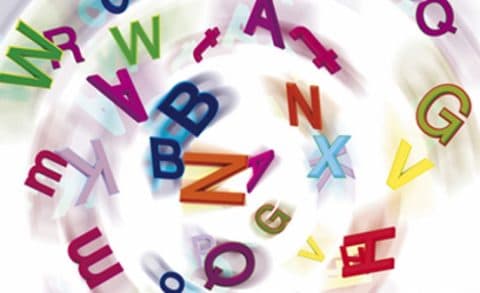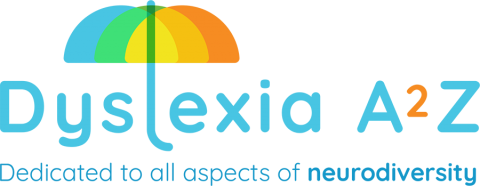
Understanding learning difficulties
Dyslexia
Dyslexia, pronounced (Dis-lex-ee-ah’), is a Specific Learning Difficulty (SpLD) that manifests as a severe problem with literacy skills.
Dyslexia affects approximately 10% of the population. Problems can manifest in reading, writing, number work, short-term memory, hand control, coordination, and organisational skills. Timekeeping, sense of direction and interpersonal skills can also be affected. More…
Dyscalculia
Dyscalculia (Dis-cal-qu-ee-ah) is a Specific Learning Difficulty (SpLD) characterised by a severe difficulty with mathematics.
Dyscalculia affects approximately 5 – 7% of the population.[1] Dyscalculia specifically refers to the inability to perform mathematical operations or arithmetic. Some of these problems are below. Does the student frequently:
· Confuse Numbers, i.e., 51 for 15?
· Transpose and Reverse Numbers?
· Confuse: Minus, Subtract, Take Away, or Less?
· Confuse: Add, Plus, Add-On, More?
· Confuse: Times, Multiply? More…
Dysgraphia
Dysgraphia (pronounced dis-graf-ee-ah) is a Neurological condition and a learning difference that appears as severe problems with handwriting.
Dysgraphia affects approximately 5 – 20% of the population. We must conduct many more studies before determining this percentage. Dysgraphia is the inability to write correctly, physically or due to difficulties retrieving the information required for the task.
Does the student frequently:
· Write in all directions, i.e. right slant, then left slant?
· Use big and small spaces between words?
· Use different-sized letters on the same line?
· Mix up capital letters and lowercase letters on the same line?
· Use a mixture of printing and cursive (joined up) on the same line?
· Have abnormal and irregular letter formation?
Dysgraphia may occur alone or often in conjunction with dyslexia, dyscalculia, or dyspraxia (Dyscalculia, Dyspraxia, and Developmental Coordination Disorder, or DCD). It has a high co-morbidity rate with other learning disorders.[2]
The cause of this disorder is still unknown, but it is thought to be caused by a language disorder or damage to the motor system.
(In the United Kingdom, dysgraphia is classified as a learning disorder.) More ...
[1] Dyscalculia Statistics: Understanding Prevalence
[2] Chung PJ, Patel DR, Nizami I. Disorder of written expression and dysgraphia: definition, diagnosis, and management. Translational pediatrics. 2020 Feb;9(Suppl 1):S46.
Specific Learning Difficulties (SpLD's)

Dyslexia
Dyslexia affects approximately 10% of the population. Problems can show themselves in reading, writing, number work, short-term memory, hand control and visual processing. Timekeeping, sense of direction and interpersonal skills can also be affected.

Dyscalculia
Dyscalculia is a specific learning difficulty in mathematics. Like dyslexia, dyscalculia can be caused by a visual perceptual deficit. Dyscalculia refers specifically to the inability to perform operations in maths or arithmetic.

Dysgraphia
Dysgraphia is the inability to write correctly, despite a student, being given adequate time and attention. The cause of this disorder is still unknown but is thought it could be due to a language disorder or damage to the motor system.

